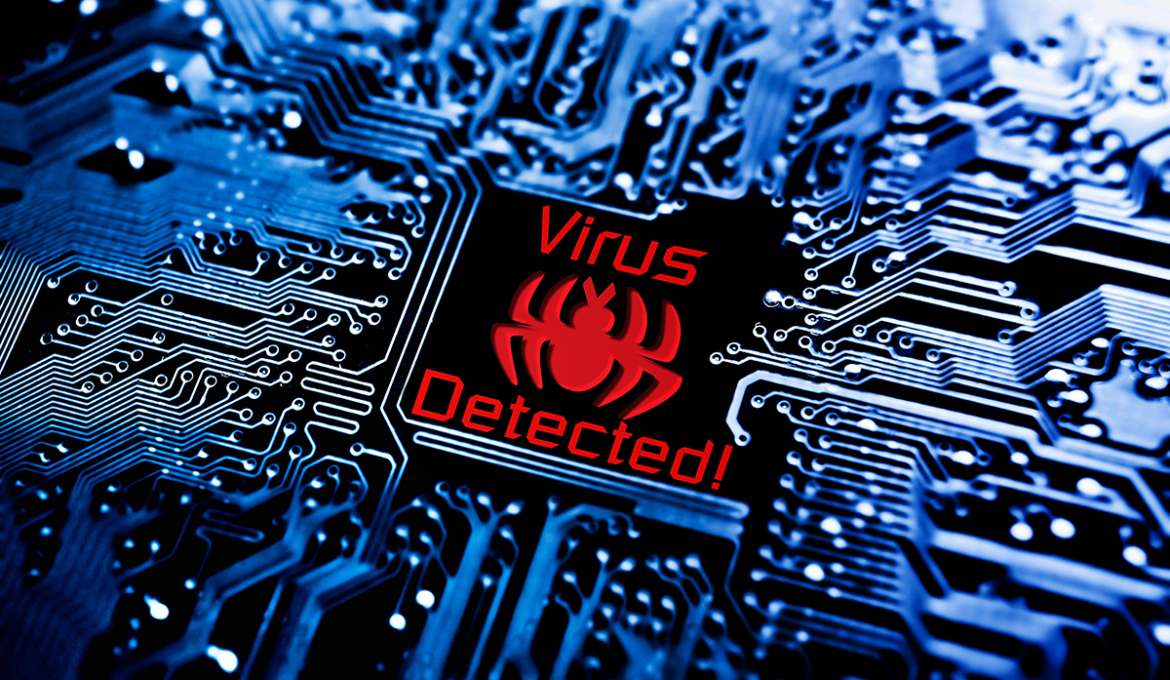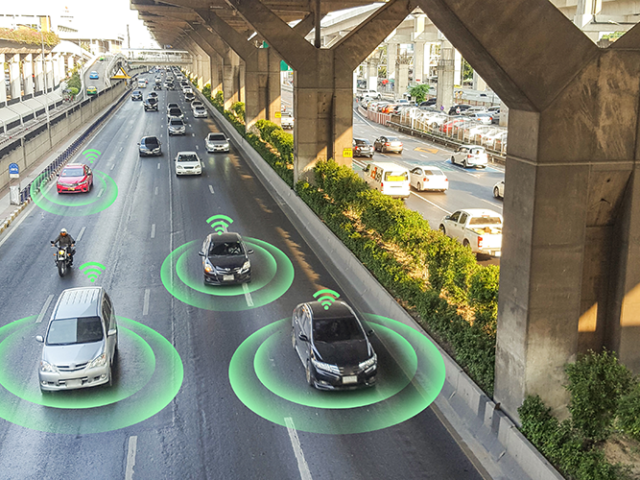A computer virus is a type of computer code that when executed, replicates by modifying and inserting its code on other computer code or programs.
– Originally written by Yasir –
Hence, if the replication and modification are successful, the affected computer program or sections in the computer is said to be infected with a computer virus.
In other words, a virus can remain dormant on your computer, without showing major signs or symptoms until the virus code is executed. However, an infected code can be transferred to another computer on the same network.
How do computer viruses spread?
A computer virus is prevalent in this contemporary world where computers are interconnected, and hence, the transfer of viruses is easy and possible in numerous ways. This virus can be contracted through internet documents or files, social media scam links, and test and email message attachments.
More so, viruses can hide and disguise as attachments like video and audio files, and socially shareable Images. that is why your smartphones and mobile devices can become infected with mobile viruses through shady application downloads.
What are the symptoms of a computer virus?
In other to save your computer, smartphone, or mobile phone it is pertinent to identify the symptoms of computer viruses.
The following are some of the symptoms of a computer virus.
- Change in your computer browser homepage: while using your computer browser your usual homepage may change to a different website and may be difficult to reset.
- Window’s Pop-up: frequent Pop-ups in your window might prompt you to visit unusual sites, or to download malicious software or antivirus programs.
- Loss of emails from your email account: scammers may take control of your account and possibly send a large number of emails from your email account to another infected email in your name.
- Unusually lagging in computer performance: if your processing speed changes, it is a signal that your computer has a virus.
- Frequent computer crashes: a computer hard drive may be infected by the virus, which will cause it to crash. In some cases, it prevents your computer from coming on again.
Types of computer viruses and their behaviour?
- The boot sector virus
- This virus can take control of your computer when you start or reboot your computer.
- It can spread through the plugging of an infected USB drive into your computer.
- The web scripting virus
- It usually exploits the code of web browsers and web pages.
- If you access such a web page, your computer can contract the virus.
- The direct action virus
This type of virus comes into action when you execute a file containing a virus.
- The polymorphic virus
- A polymorphic virus changes its code each time an infected file is executed.
- It does this to evade antivirus programs.
- File Infector Virus
This common virus inserts malicious code into executable files — files used to perform certain functions or operations on a system.
- The Multipartite Virus
- This kind of virus infects and spreads in multiple ways.
- It can infect both system sectors and even program files.
- The Macro Virus
- Macro viruses are written in the same macro language used for software applications.
- These viruses spread when you access an infected document, often through email attachments.
How do you get rid of the virus from your computer?
There are two methods in removing a computer virus.
- Manual method (do-it-yourself method). It involves many variables, and it starts by doing a web search. Most times, you perform a long list of steps.
- Use of antivirus program. This is a simpler method, where you employ a good antivirus software program. The antivirus program can also help protect your computer from future threats.




